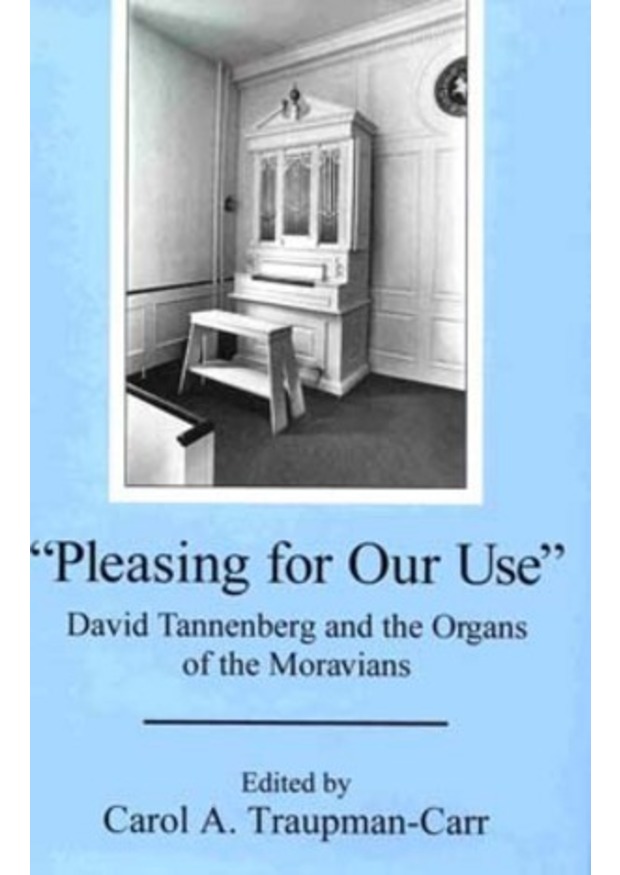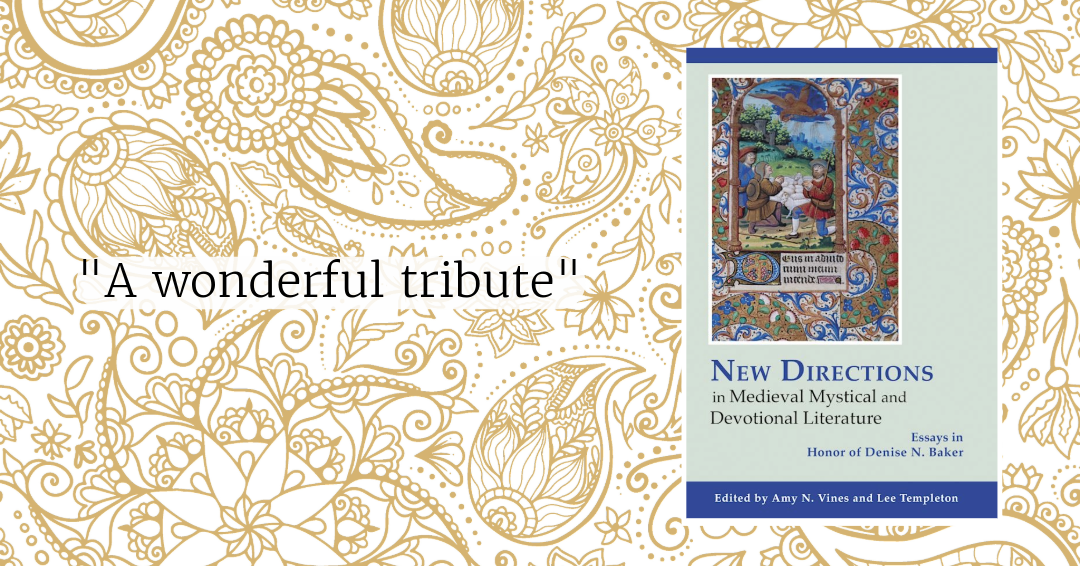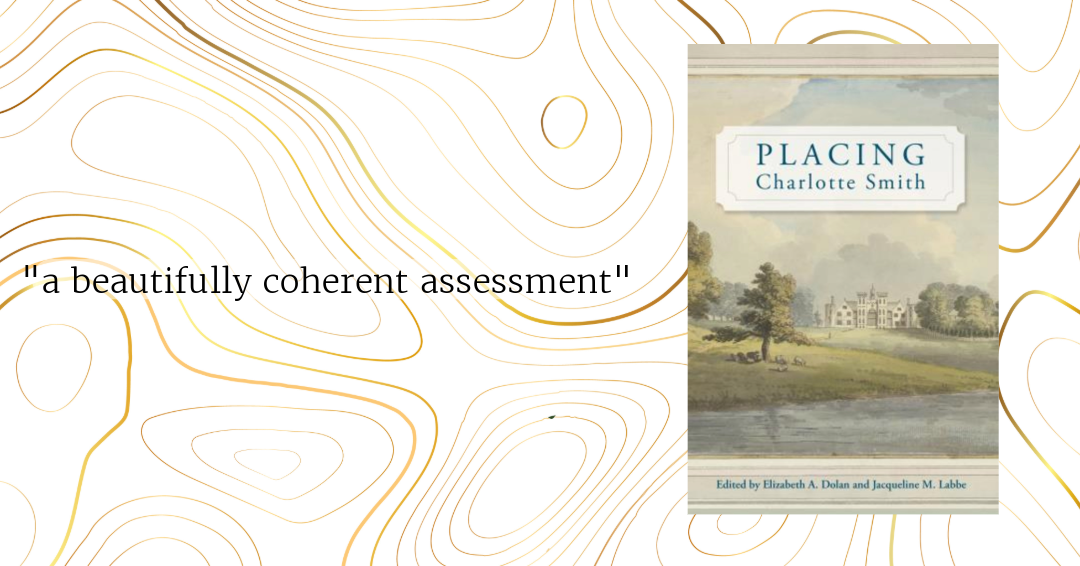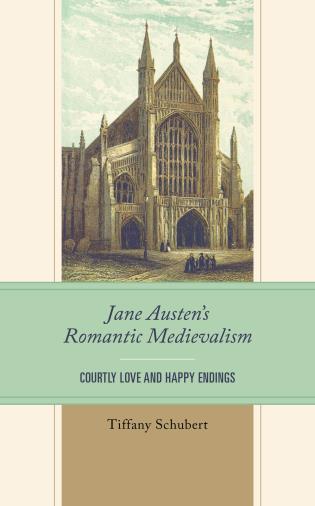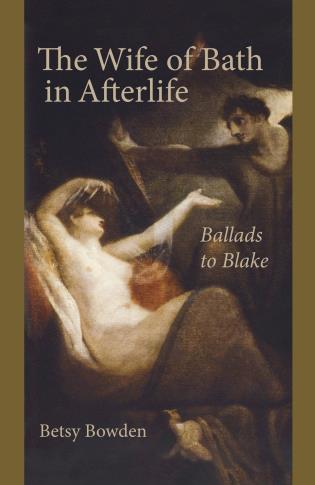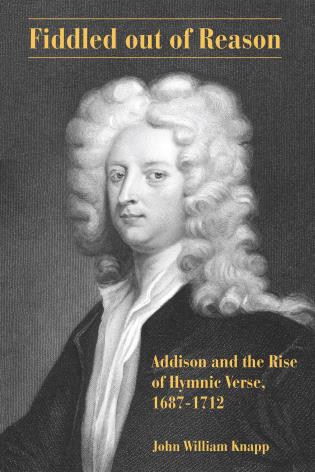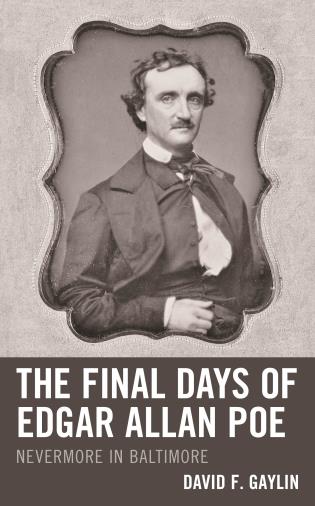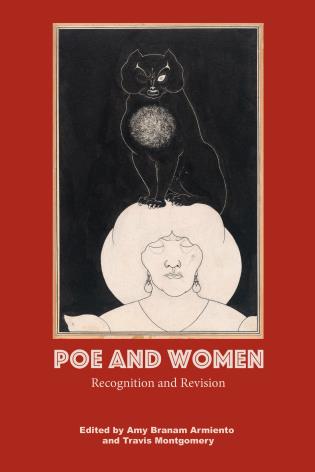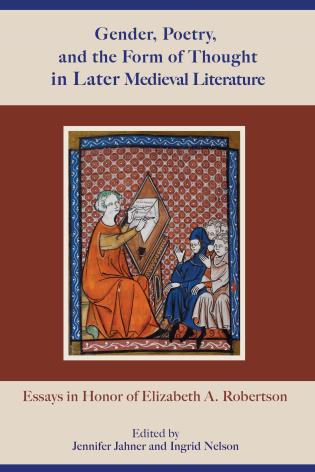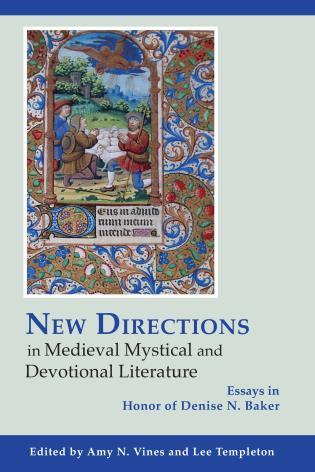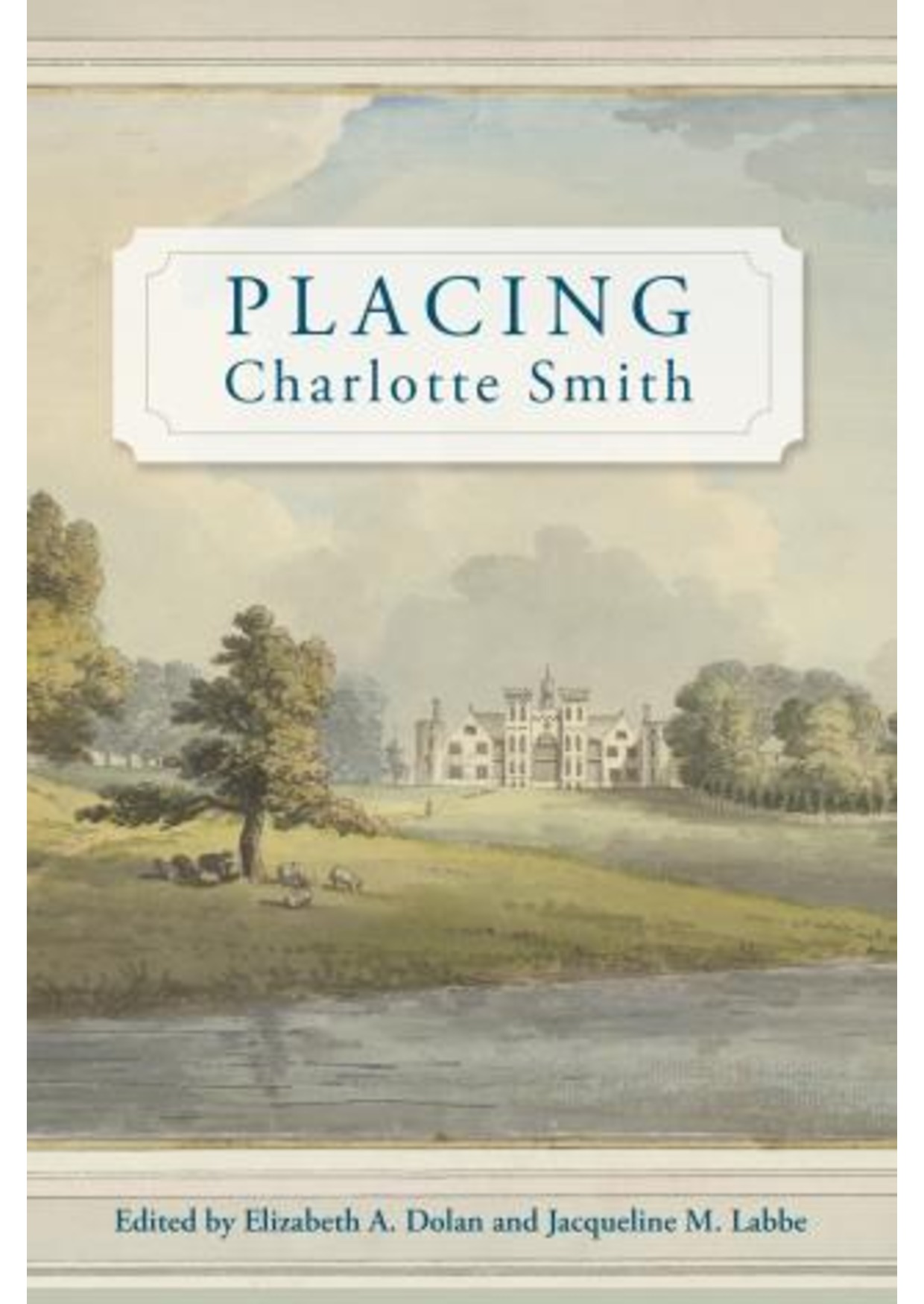David Tanneberg and the Organs of the Moravians
This is a collection of eight essays, most of which were presented at a November 1995 conference dedicated to the life and works of Moravian organ builder David Tannenberg (1728-1804). The first is an introduction to Moravian musical origins, written by Director of the Moravian Music Foundation, Nola Reed Knouse. This essay provides the necessary context in which Tannenberg's work and the music of the Moravians can be considered: it is also of great benefit to anyone looking for a general introduction to American Moravian music.
An essay contributed by Raymond Brunner, who is himself an organ builder and restorer, examines some of the influences on Tannenberg (especially those of his teacher Johann Gottlob Klemm), and compares Tannenberg's works to those of other contemporary organ builders in Pennsylvania.
Barbara Owen's first essay explains the characteristics of Tannenberg's organs and the rationale behind his choices, based on the particular needs and preferences of the Moravian musical genres and styles. Her second essay explores the life and world of Johann Gottlob Klemm, from whom Tannenberg learned his craft.
An important site for building of keyboards in the Moravian community was the Burnside Plantation, as explained by Paul Larson; both Klemm and Tannenberg lived and worked there for some time, and it was at Burnside that Tannenberg apprenticed with the elder Klemm. Laurence Libin details the importance of keyboard building in general in the eighteenth-century Moravian community. It was an important aspect of daily commerce, and how much keyboards were a part of daily life. Alice Caldwell and Timothy Duncan explore specific uses of organs in Moravian worship and music. Caldwell focuses on the Singstunde, a unique Moravian service called the "singing hour," which has fallen out of use. The Singstunde was, however, an important and regular form of worship through hymn singing in the eighteenth-century Moravian communities, and relies heavily on the use and skill of the organist. Duncan looks at the uses of the organ as a part of Moravian choral anthems, a major genre of Moravian composers.
The collection includes a complete bibliography, as well as a list of additional related resources on the topic of American Moravian organs. It also includes a preface by John Fesperman, Curator Emeritus of the Smithsonian Institute's musical instrument collection; an introduction by the editor; and an epilogue by C. Daniel Crews, Archivist for the Moravian Church in America, Southern Province.
